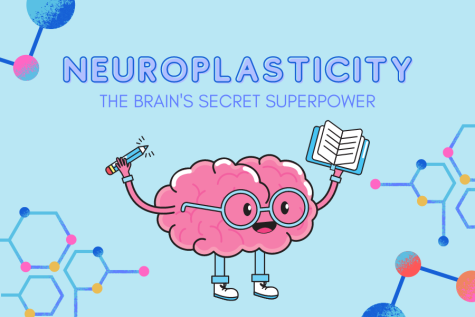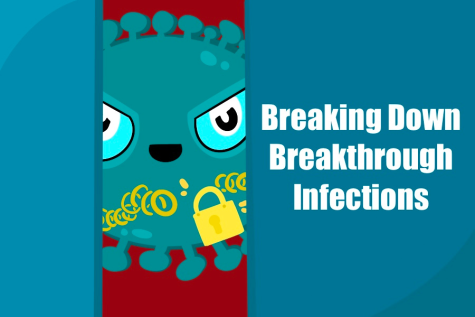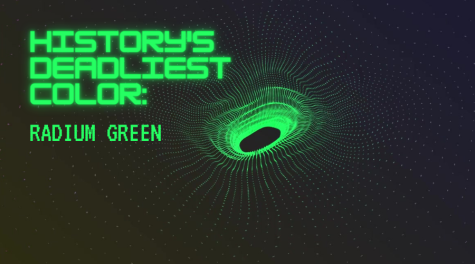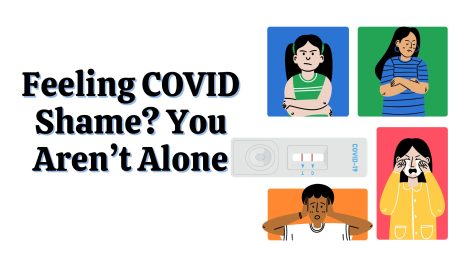Stem Cells Excel: Raising the Bar and Healing Without Scars
Scarring and Charring
Everybody has a scar: either physical, mental, emotional, or a combination. One of the most prevalent problems in healthcare is the treatment of skin-related scarring, which can result from everyday injuries including burns. These scars can be detrimental not only because they reduce the strength of the new skin and may lead to pain or in extreme circumstances, diseases, but also because of their indirect effects: aberrant wound healing affects many patients and their families both physically and mentally, leaving scars embedded within them, haunting them for the rest of their lives. A person with an ugly and visible scar might be psychologically affected, leading to the remodeling of not only their skin but also their emotional and mental state, which could cause illnesses such as depression. Scarring happens due to abnormal healing of a skin wound when fibroblasts, the prominent cell type existing in our connective tissue, create a collagen matrix to quickly heal the damaged area. This type of healing is quicker than regeneration but always results in a skin architecture much weaker than the unwounded original skin. Even so, many chronic wounds are also long-lasting and require treatment over many months.
Stem Cells Heal Well
Although abnormal wound healing may be a problem for many, there is a therapeutic solution that is currently being researched – stem cells! Specifically, stem cell therapy has been shown to significantly accelerate the healing process and regenerate skin. Usually, a wound that can heal within a few weeks is called an acute wound, such as a scrape or papercut. However, chronic wounds can last for over 12 weeks and can be caused by infection, physical agents, and inflammation, among other problems. Currently, treatments for chronic wounds focus on keeping the wound clean or covering it to create an optimal healing environment, but these methods are often costly and may take even longer for the wound to heal completely. Fortunately, new research into the application of stem cells to chronic wounds shows a promising alternative.
Stem cells are pluripotent, meaning they can develop into any type of body cell, so it would make sense that their application to a chronic wound would greatly regenerate damaged tissue. So, what are the molecular mechanisms behind all of this potential?
First, it is necessary to understand the two major categories of stem cells: Embryonic stem cells (ESCs) and adult stem cells. Adult stem cells are comprised of bone marrow-derived mesenchymal stem cells (BM-MSCs), adipose stem cells (ASCs), or dermal stem cells (DSCs), and are the center of attention for stem cell research. BM-MSCs have lots of potential for wound healing and the acceleration of regeneration compared to other types of stem cells, as they can release growth factors and cytokines, or signaling proteins, that enhance and accelerate the overall process. Besides differentiating into specific cell types to regenerate tissue, the main mechanism for mediating its wound-healing effects is a process called paracrine signaling, in which the cells release growth factors such as vascular endothelial growth factor (VEGF) that induces a cellular response in other cells, accelerating the process as a whole.
In addition to the previously mentioned stem cells, induced pluripotent stem cells (iPS) are also being researched, as they can be obtained by reprogramming adult somatic (body) cells into an ESC-like state, which would enable the production of stem cells from the patient’s somatic cells.
Ultimately, all of these types of stem cells have lots of potential for therapeutic use, but further research is needed to elucidate mechanisms by which stem cells regenerate damaged and diseased tissues.
Let’s Learn About Ethical Concerns
All of these solutions sound great, but may not be ethical. For example, some stem cells used for research are not bone marrow-derived mesenchymal stem cells, but rather embryonic stem cells, which require the destruction of a human embryo for the cells to be extracted. Essentially, the blastocyst is the unimplanted human embryo at the sixth to the eighth day of development, which needs to be destroyed to obtain the cells, which consequently requires the taking away of innocent life. Is this morally right? Some people argue that blastocysts are equivalent to humans, whereas others argue that since a blastocyst is only a cluster of 180 to 200 cells, growing in a monitored petri dish and sometimes created in fertility clinics, it is not equal to a sentient human being.
What do you think of this analogy: All trees were once acorns, but is the consumption of an acorn by a squirrel the same as the destruction of an entire oak tree by a storm? Acorns develop into trees, similar to how embryos develop into humans. But are acorns the same as trees despite their developmental continuity?
Sources:
Kosaric N, Kiwanuka H, Gurtner GC. Stem cell therapies for wound healing. Expert Opin Biol Ther. 2019 Jun;19(6):575-585. doi: 10.1080/14712598.2019.1596257. Epub 2019 Apr 11. PMID: 30900481.
Nourian Dehkordi, A., Mirahmadi Babaheydari, F., Chehelgerdi, M. et al. Skin tissue engineering: wound healing based on stem-cell-based therapeutic strategies. Stem Cell Res Ther 10, 111 (2019). https://doi.org/10.1186/s13287-019-1212-2
Yi-Zhou Huang, Min Gou, Lin-Cui Da, Wen-Qian Zhang, and Hui-Qi Xie.Tissue Engineering Part B: Reviews.Dec 2020.555-570.http://doi.org/10.1089/ten.teb.2019.0351
“Examining the Ethics of Embryonic Stem Cell Research.” Harvard Stem Cell Institute (HSCI), https://hsci.harvard.edu/examining-ethics-embryonic-stem-cell-research.
Ding, Jie, and Edward E. Tredget. “The Role of Chemokines in Fibrotic Wound Healing.” Advances in Wound Care, vol. 4, no. 11, 2015, pp. 673–686., https://doi.org/10.1089/wound.2014.0550.










